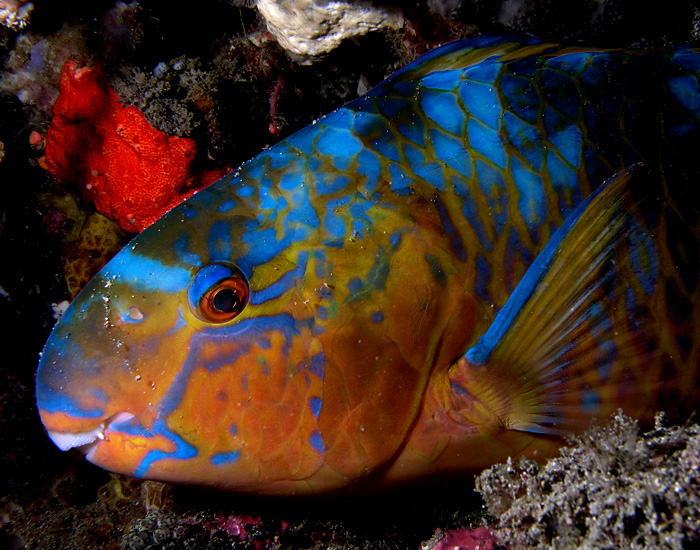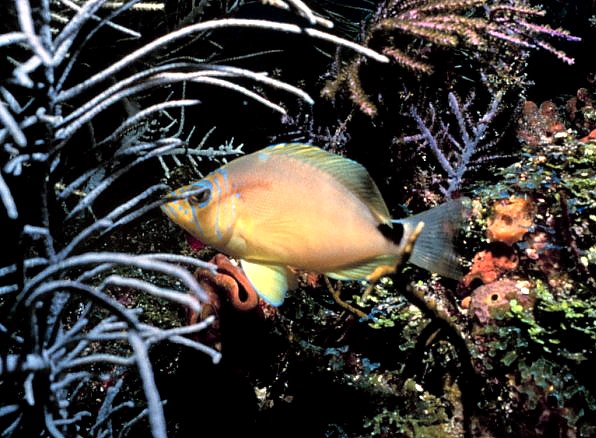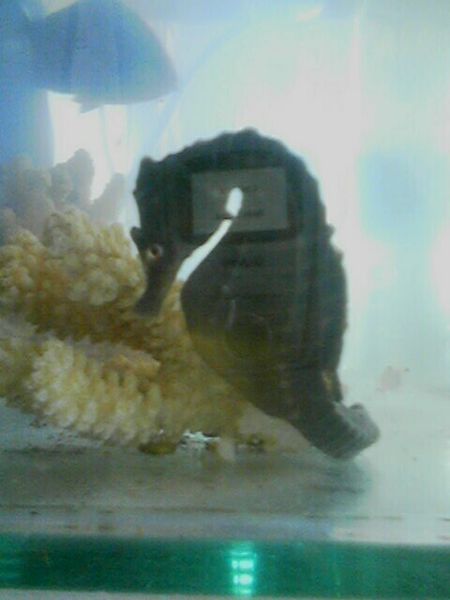 With the holidays upon us I decided to say a few words about some exciting new nano tank kits coming to us from Fluval. Not long ago we introduced you to the Fluval Edge aquarium, the unique nano aquarium from Hagen with the Frank Lloyd Wright-like design. Hagen has developed a whole series of Fluval aquariums over the last several months to complement the Edge tank, the first of which is the Fluval Chi. Hitting the market earlier this summer, the Fluval Chi is another unique aquarium, designed to radiate positive energy (“chi” is roughly translated as energy in Chinese). Read More »
With the holidays upon us I decided to say a few words about some exciting new nano tank kits coming to us from Fluval. Not long ago we introduced you to the Fluval Edge aquarium, the unique nano aquarium from Hagen with the Frank Lloyd Wright-like design. Hagen has developed a whole series of Fluval aquariums over the last several months to complement the Edge tank, the first of which is the Fluval Chi. Hitting the market earlier this summer, the Fluval Chi is another unique aquarium, designed to radiate positive energy (“chi” is roughly translated as energy in Chinese). Read More »
Category Archives: Saltwater Aquariums
Feed SubscriptionFish News – Mucous Covering Protects Sleeping Parrotfishes from Parasites
 Hello, Frank Indiviglio here. Marine aquarists and divers are well-aware of the mucous “sleeping bags” produced by Parrotfishes and certain Wrasses each night. It was assumed that these cocoon-like structures discouraged eels, crabs and other nocturnal predators – perhaps the mucous hid the sleeper’s scent, or was bad-tasting or toxic. A study at Australia’s Queensland University, however, has revealed that the mucous cocoon’s main purpose may be to deter external blood-sucking parasites – the first known example of such a phenomenon.
Hello, Frank Indiviglio here. Marine aquarists and divers are well-aware of the mucous “sleeping bags” produced by Parrotfishes and certain Wrasses each night. It was assumed that these cocoon-like structures discouraged eels, crabs and other nocturnal predators – perhaps the mucous hid the sleeper’s scent, or was bad-tasting or toxic. A study at Australia’s Queensland University, however, has revealed that the mucous cocoon’s main purpose may be to deter external blood-sucking parasites – the first known example of such a phenomenon.
A Good Reason to Hide
Writing in the November 17, 2010 issue of the journal Royal Society Biology Letters, researchers have established that sleeping Parrotfishes suffer numerous parasite attacks when deprived of their mucous cocoons (I couldn’t determine how they removed the cocoons without waking the fish!). Parrotfishes with intact cocoons sleep peacefully through the night, and were rarely bitten. Read More »
Role Reversal – Gender Switching in Saltwater Fish
 In our modern society, boys and girls are raised to be men and women and play equal roles in everything from defense to child-rearing. The animals kingdom isn’t as simple. With some animals, males and females have specific roles to play in their community and are nurtured for their positions. Many of the fish we keep in our aquariums have very different strategies. Weighing the balance between reproducing and surviving plays a huge part in their life history, right down to the most fundamental concepts of gender, size, and appearance.
In our modern society, boys and girls are raised to be men and women and play equal roles in everything from defense to child-rearing. The animals kingdom isn’t as simple. With some animals, males and females have specific roles to play in their community and are nurtured for their positions. Many of the fish we keep in our aquariums have very different strategies. Weighing the balance between reproducing and surviving plays a huge part in their life history, right down to the most fundamental concepts of gender, size, and appearance.
A “hermaphrodite” is an organism that has both male and female reproductive abilities. While this is usually very rare in animals like birds and mammals, it is extremely common in plants and some invertebrates. Biologically speaking, if the chances of a plant or animal running across another of its kind are low, the chances of it finding another with the opposite sex as itself that it can reproduce with are even lower. Therefore, not having an assigned gender or being able to act as both genders can be beneficial. Many plants, animals and invertebrates use this strategy, but we’ll focus on fish in this blog.
Fish like wrasses, parrotfish, anthias and clownfish use “sequential hermaphroditism”, meaning that instead of having both sets of reproductive organs, the fish starts out as one gender and at some point is triggered to switch to another. There are two types of sequential hermaphroditism that we can witness in the aquarium trade: protogyny and protandry. Read More »
The Natural History and Captive Care of the Big-Bellied Seahorse
 Hello, Frank Indiviglio here. Seahorse identification is a tricky prospect, as most species can change color, and many even periodically grow and discard fleshy appendages known as cirri. However, the husbandry needs of each species varies, so a proper ID is critical. Fortunately, the Big-Bellied or Pot-Bellied Seahorse (Hippocampus abdominalis) is very distinct in appearance.
Hello, Frank Indiviglio here. Seahorse identification is a tricky prospect, as most species can change color, and many even periodically grow and discard fleshy appendages known as cirri. However, the husbandry needs of each species varies, so a proper ID is critical. Fortunately, the Big-Bellied or Pot-Bellied Seahorse (Hippocampus abdominalis) is very distinct in appearance.
Description
At 12.5 inches in length, the Big-Bellied Seahorse is one of the largest (perhaps the largest) of the world’s 120+ seahorse species. The body is noticeably deeper than that of other seahorses. Males possess a huge brood pouch, which is usually white in color and bordered with yellow at the top. Other distinguishing features are the number of dorsal fin rays (26-29), trunk rings (12-13) and tail rings (45-48), all of which exceed those of most other species. Read More »
Corals in Distress – Mass Bleaching Events
 Many stories have come to light through recent years discussing the plight of coral reefs around the world; overfishing, destructive collecting methods, pollution, and ship traffic damage have taken a serious toll. A number of new studies show that an even greater threat has emerged in 2010, extreme water temperatures.
Many stories have come to light through recent years discussing the plight of coral reefs around the world; overfishing, destructive collecting methods, pollution, and ship traffic damage have taken a serious toll. A number of new studies show that an even greater threat has emerged in 2010, extreme water temperatures.
Earlier this year, the region of Indo-pacific reefs known as the Coral Triangle (a roughly triangular area that encompasses Indonesia, Malaysia, Papua New Guinea, the Philippines, Solomon Islands and Timor-Leste) endured record surface water temperatures. These extreme water temperatures caused a mass coral bleaching event that may prove to be the worst on record. Read More »
 That Fish Blog – Aquarium Advice and Information
That Fish Blog – Aquarium Advice and Information
